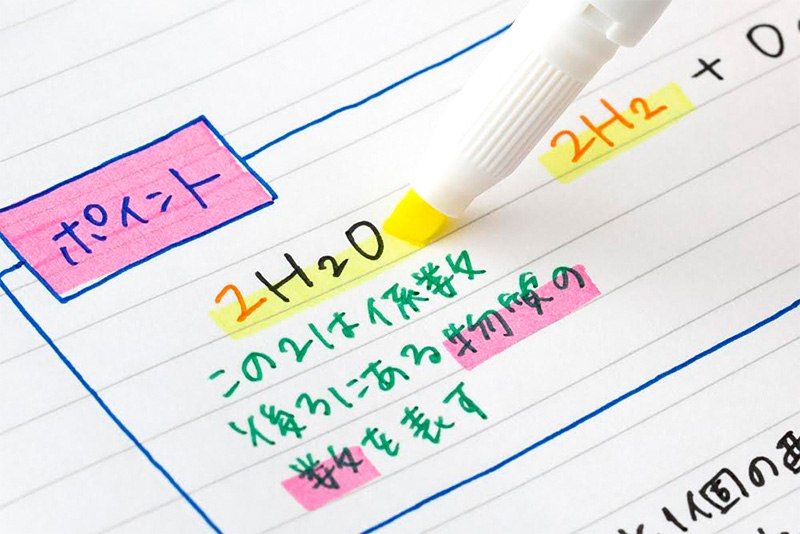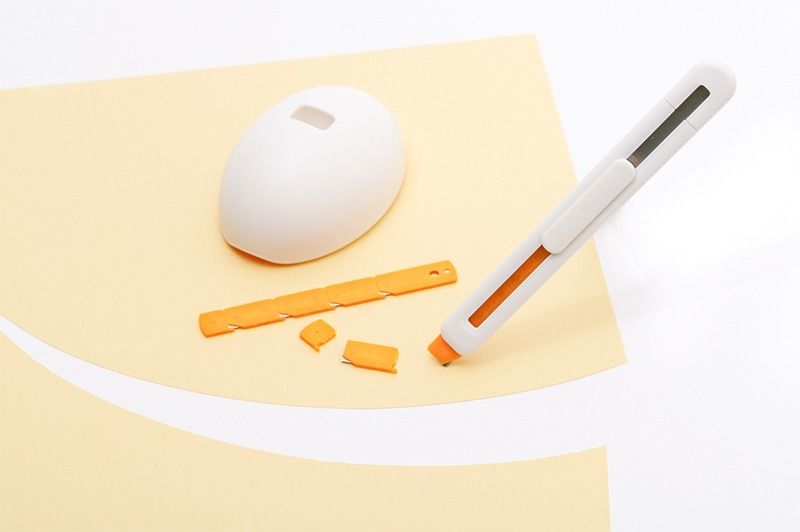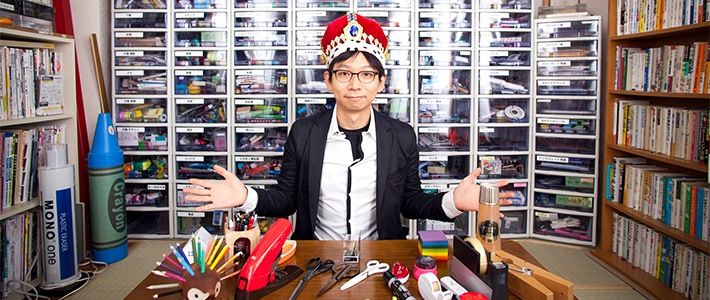
The Simple Joys of Japanese Stationery
Ever-Evolving Stationery: Japan’s Stationery King Names His Top Five Picks
Guideto Japan
Culture Lifestyle- English
- 日本語
- 简体字
- 繁體字
- Français
- Español
- العربية
- Русский
There are hundreds of stationery manufacturers in Japan, most of whom launch multiple new products every year. It is not unusual for large stationery retailers to have more than 10,000 items in stock at any one time. The dazzling array of office and writing supplies on display in these stores makes them a retail paradise for stationery lovers. At the annual ISOT, or International Stationery and Office Products Fair Tokyo, held at Tokyo Big Sight this summer, 300-plus stationery producers set up booths to present their latest offerings to a hungry market. I take a look at some of the products exhibited at ISOT, while considering what lies behind the exceptional speed and scale of Japan’s stationery market evolution.
Clean Lines and Smudgeless Highlighting
Zebra’s Tech Produces No-Smear Pens and Highlighters
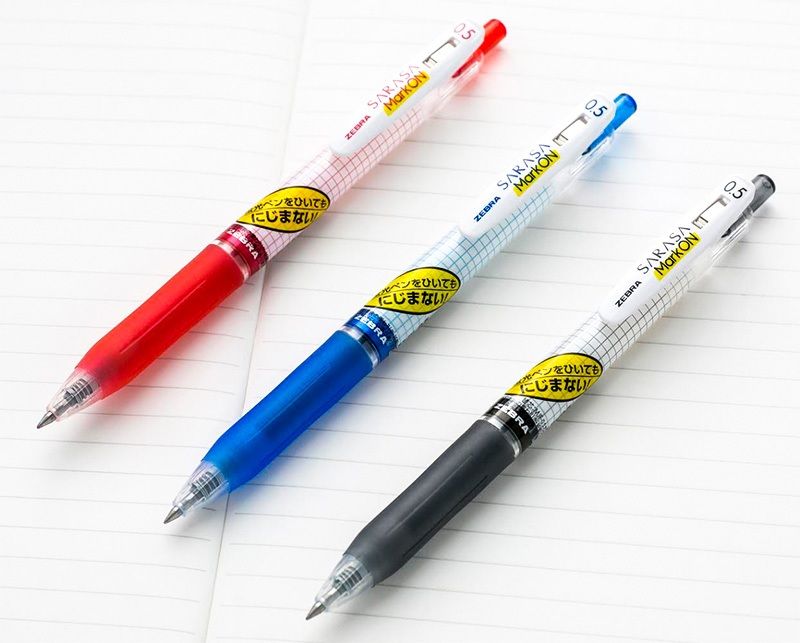 Sarasa Mark On no-smear ballpoint pens. (Courtesy of Zebra Co., Ltd.)
Sarasa Mark On no-smear ballpoint pens. (Courtesy of Zebra Co., Ltd.)
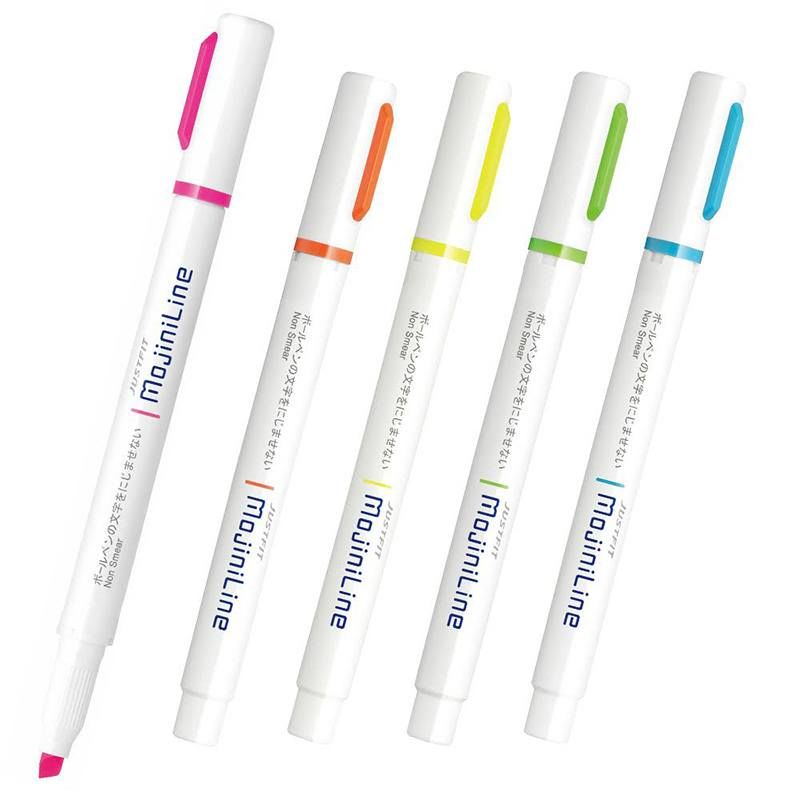 Mojini Line no-smear highlighter pens. (Courtesy of Zebra Co., Ltd.)
Mojini Line no-smear highlighter pens. (Courtesy of Zebra Co., Ltd.)
From a functional perspective, you could say that most stationery items are “mature” products that already achieve their respective purposes. This has not kept a large number of Japanese companies from pouring mind-boggling amounts of knowhow and development effort into this limited market to create a sophisticated stationery ecology in a class of its own.
Well ahead of the global pack in terms of quality are Japanese ballpoint pens. While Europe has some superb high-end products, major Japanese manufacturers spend big to develop cutting-edge technology, which they apply to low-cost, mass-market items for everyday consumers.
Well-known examples include Jetstream and Frixion pens. Jetstream was the pioneer of low-viscosity, oil-based pens offering a new smooth writing experience that overturned the traditional ballpoint pen’s image and aroused fierce competition in the industry. Frixion pens are fitted with a rubber eraser that can erase the (heretofore indelible) pen ink. And Jetstream and Frixion are but two examples among a host of others.
The Sarasa Mark On is a ballpoint pen whose ink won’t dissolve and smear even if you immediately overlay it with a fluorescent highlighter. Your highlighted text stays clear and legible. Tackling the problem from the other direction, the Mojini Line highlighter pen comes with a special ink that can be used over a regular ballpoint pen text with the same no-smudge result. It contains ions that stop the ink from dissolving.
It is not unusual for Japanese manufacturers to have a century or more of history behind them, and many have put their long-cultivated experience to good use. While there was nothing inherently wrong with traditional writing implements, consumers in the Japanese market tend to be especially intolerant of smudges and smears in their pursuit of esthetically pleasing documents. The result has been unstinting product development to respond to consumer demand.
Twice the Writing Pleasure
Twinkle Star Series: a Retiree’s Dual-Toned Lifework
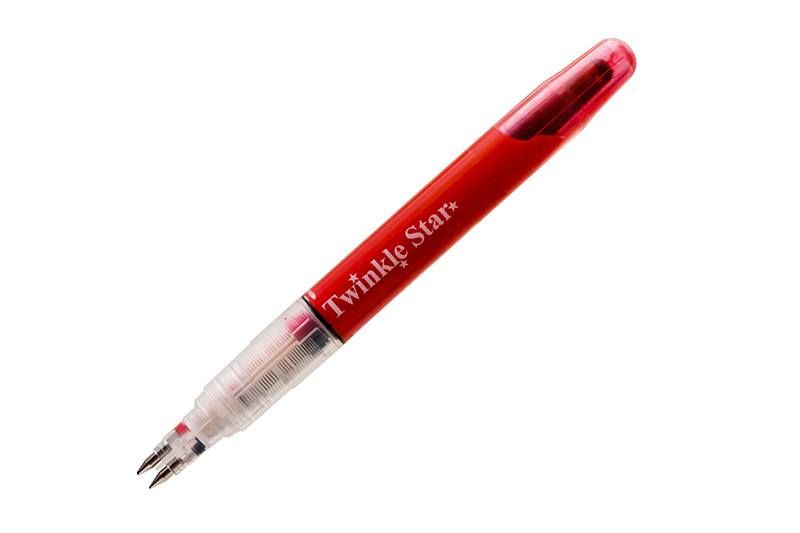 V. Spark’s Twinkle Star dual-color ballpoint pen.
V. Spark’s Twinkle Star dual-color ballpoint pen.
It isn’t just major firms whose development efforts drive the diversity of Japan’s stationery products. It is also sustained by smaller manufacturers with their own distinctive focus. A standout quirky item at ISOT 2018 was the twin-colored ballpoint pen. It is the brainchild of a retired technical employee from a major stationery maker, Kawasaki Masayuki, who created his own startup, V. Spark, to make the product of his dreams.
The pens in Kawasaki’s Twinkle Star series have two nibs parallel to each other, allowing the writer to switch colors with a simple half-turn of the pen. The hardest part for the designer was working with a direct liquid-type, water-based pen. So-called rollerball pens are popular in Europe as they write more like fountain pens, but their design is more complex due to their water-like ink. The two different colors also need to be kept sealed and separate. Kawasaki came up with a pen body containing two test tube-like cylinders, one black, one red. The design is a world-first, which he labored 10 long years to bring to market.
Paperly’s Memoterior Memo Pads
Choosing a Note Pad to Match Your Writing Style
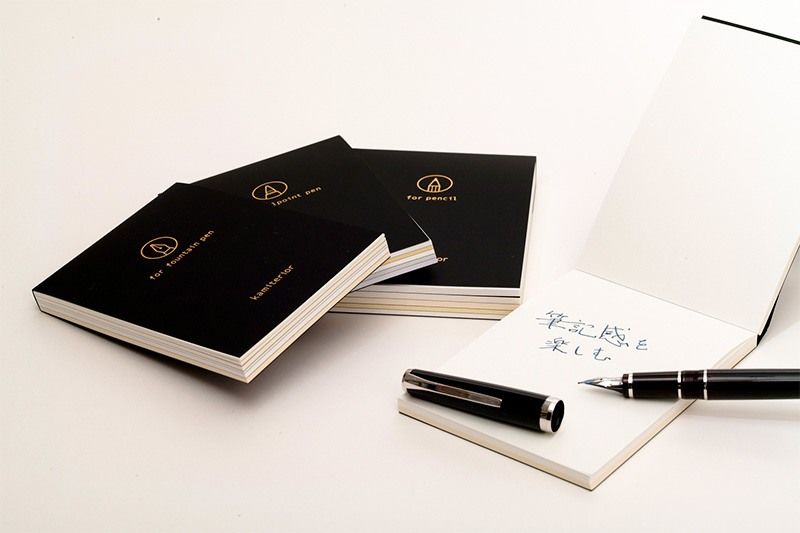 Memoterior pads from Paperly. Left to right: pads for fountain pen, ballpoint pen, and pencil, and a fountain-pen pad in action.
Memoterior pads from Paperly. Left to right: pads for fountain pen, ballpoint pen, and pencil, and a fountain-pen pad in action.
Many minor producers use their small scale as a source of agility, swiftly developing new products that feature new concepts, designs, or uses to set themselves apart from the competition.
One such product is the Memoterior writing pad, which takes a regular, everyday memo pad and makes it fun by offering a range of paper options. It comes in three different types—pads for use with fountain pens, ballpoint pens, and pencils. Each pad contains five kinds of paper, offering a slightly different writing feel that varies still more with the use of different pens and pencils. This product line exists because there is a group of people who will relish the subtle variations in the different papers, much like a wine lover will savor a flight of different wines. The diversity in Japanese stationery is a reflection of the refined sensibility of its consumers.
Sonic’s Togariturn Pencil Sharpener
Kids’ Stuff Fuses Technology with Fun
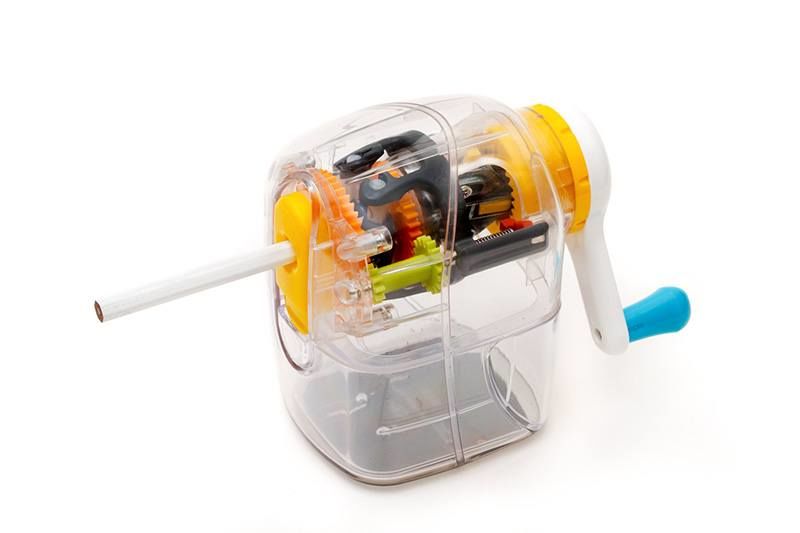 The Togariturn pencil sharpener from Sonic.
The Togariturn pencil sharpener from Sonic.
So how do you cultivate a savvy consumer base? Japan continues to watch its already low birthrate fall, and the market for school stationery is shrinking. But in a tough environment, manufacturers are still eagerly bringing new ideas to market.
Take the Togariturn pencil sharpener. All the user needs to do is to insert a pencil and begin turning the handle. This sharpener draws the pencil in to sharpen the lead, detects when it is sharp, and pushes it back out, ready to use. Although it handles a complex process, this device contains not a single electronic component. In fact, it is more reminiscent of mechanical amusements from Edo-period Japan (1603–1868). If children can get to use this kind of implement early on, they are more likely to develop a longer-term interest in stationery as a whole.
Olfa’s Kitter
Educational Stationery Provides the Kindest Cut
Not everything is fun and games, however. Stationery companies are also at pains to make sure young users learn to handle their products safely.
The 2018 Stationery Grand Prix winner, the Kitter, is a box cutter for first-time users. Parents will always be conscious about safety, but cannot prevent their children from using bladed tools forever. This was the catalyst for the Kitter design, which minimizes the risk of injury while teaching young users the right way to handle a cutter knife. Regular Japanese box cutters are designed so that when the tip loses its edge, you can snap off the worn blade to release a new one. This ensures a sharp blade over multiple uses, but also calls for experience with snapping the blade. The Kitter encases the whole blade except its very tip in hard plastic—a design that ensures users can snap off the blade safely when it gets blunt and keep using a sharp cutter. Enabling children to get used to a cutter with the same mechanism as an adult tool reflects the maker’s efforts to make their product useful and educational.
Stationery as an Everyday Indulgence
Japanese stationery products are handy and utilitarian everyday items. But they are also things people are meant to enjoy. Their range and quality has earned them a global reputation, and their evolution continues full speed ahead—as manufacturers keep making improvements, and curious and discerning consumers keep judiciously selecting and happily using them. If you’re in Japan already, or planning a visit soon, I urge you to make time to browse a Japanese stationery store. The discoveries you make yourself may bring you the most joy of all.
(Originally written in Japanese. Banner photo: The King of Stationery, Takabatake Masayuki, surrounded by his wall-to-wall stationery collection. Reporting and text by Takabatake Masayuki. Other than photos of Zebra products, all photos courtesy © Takabatake Masayuki.)